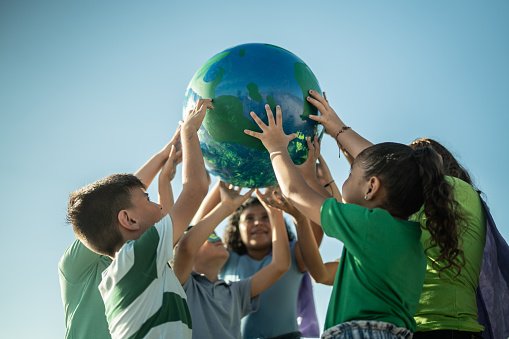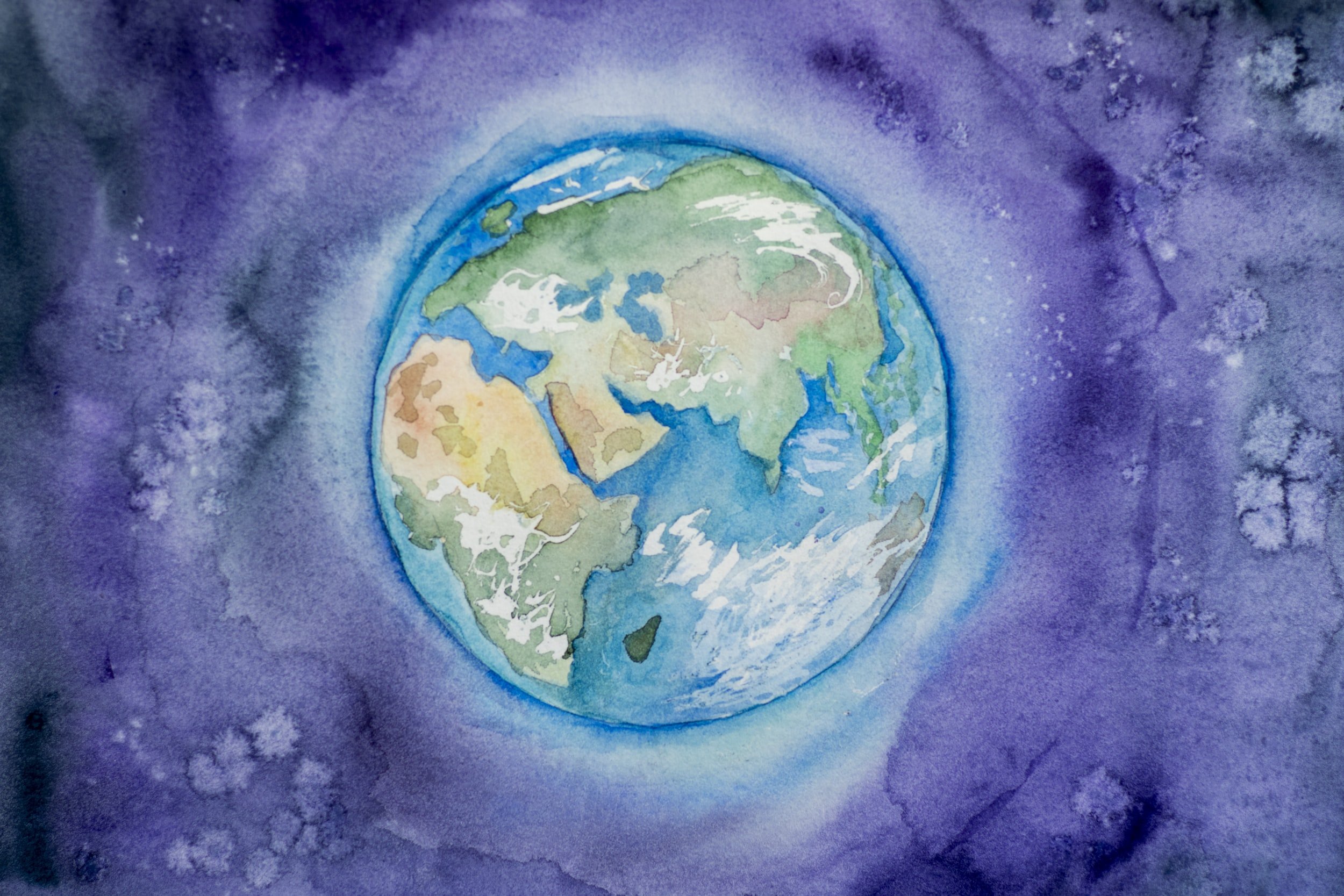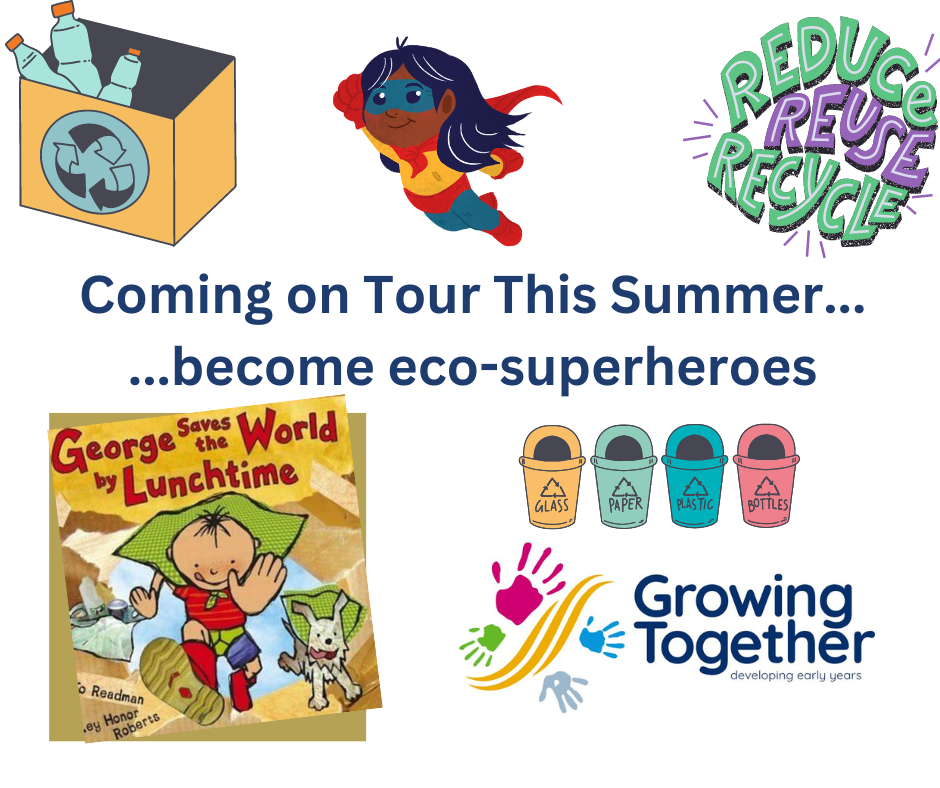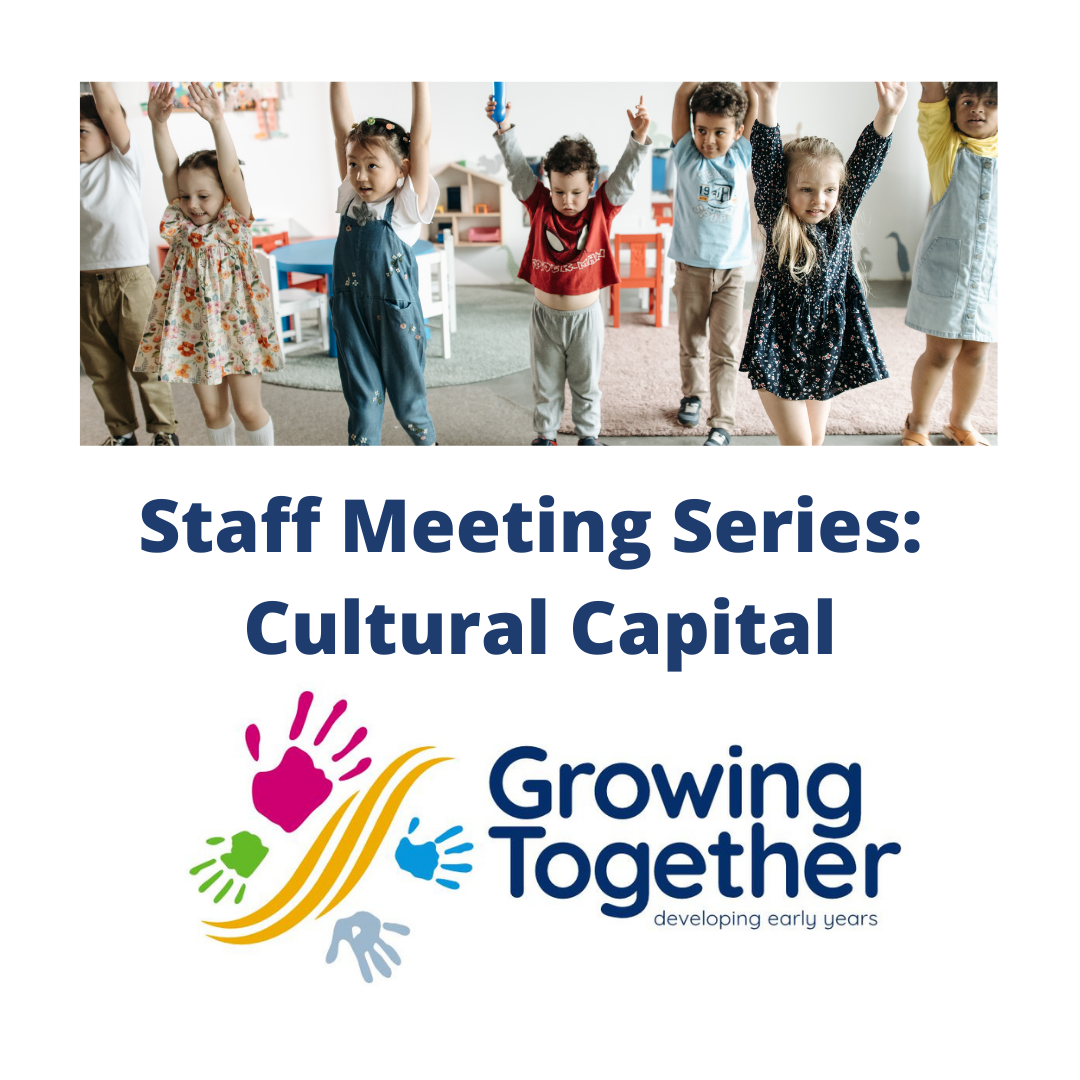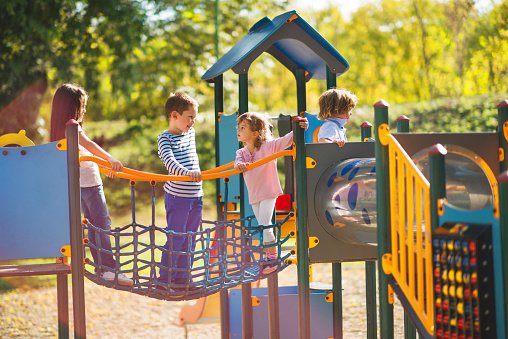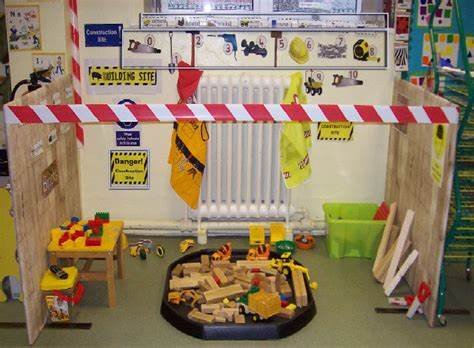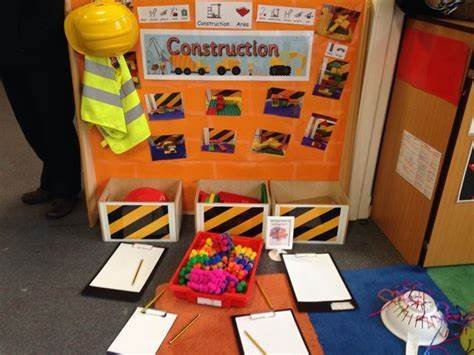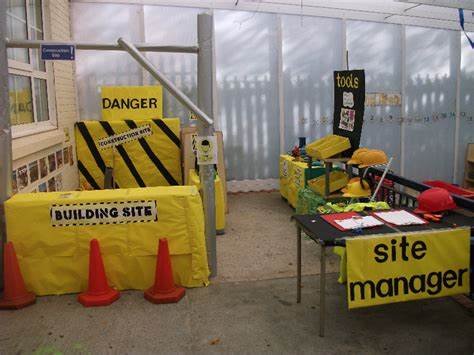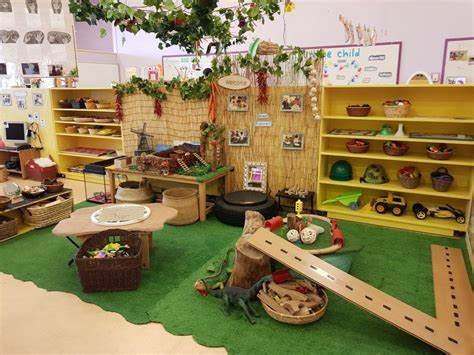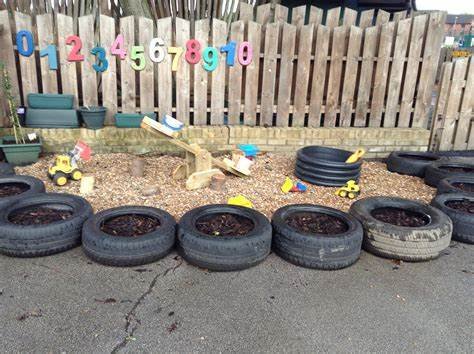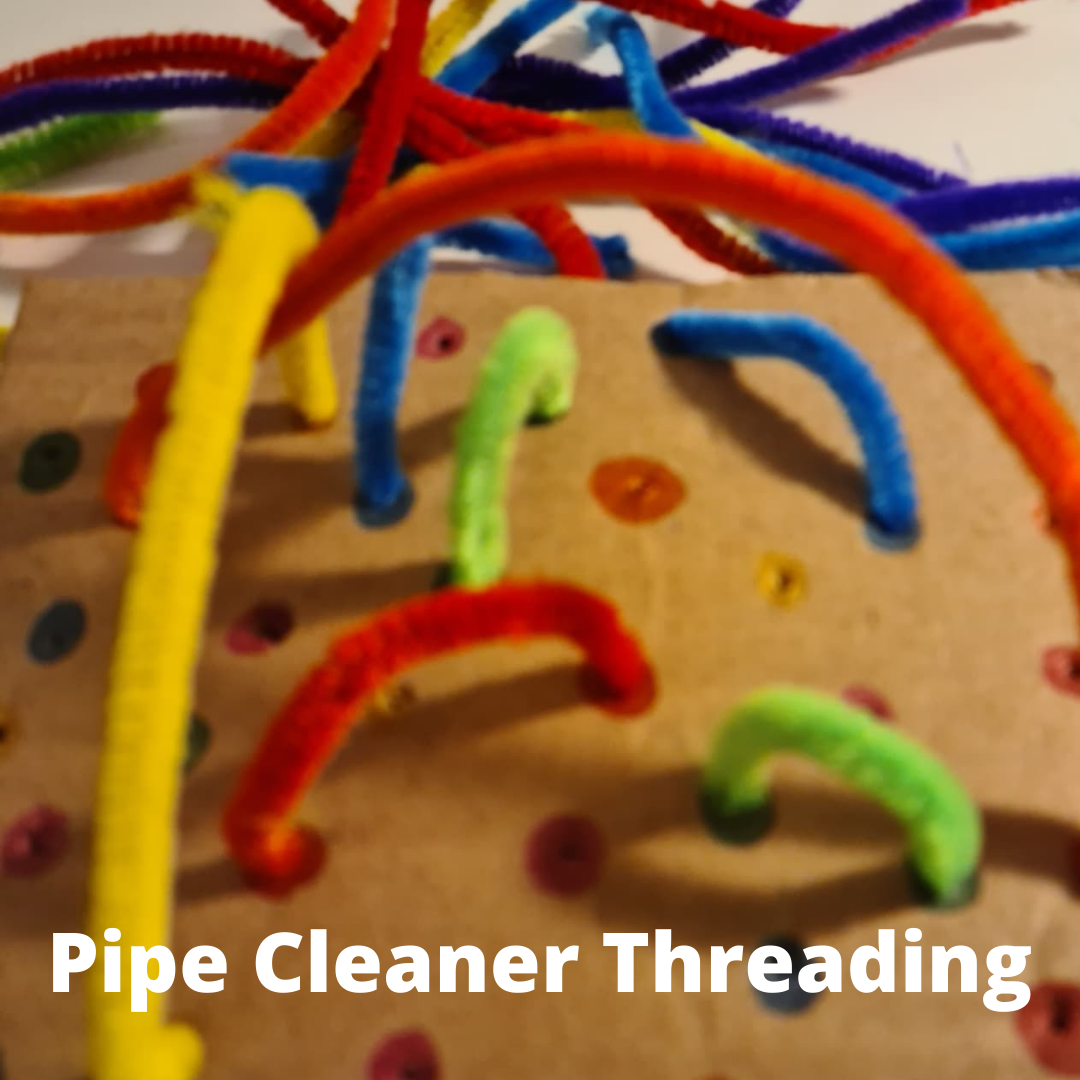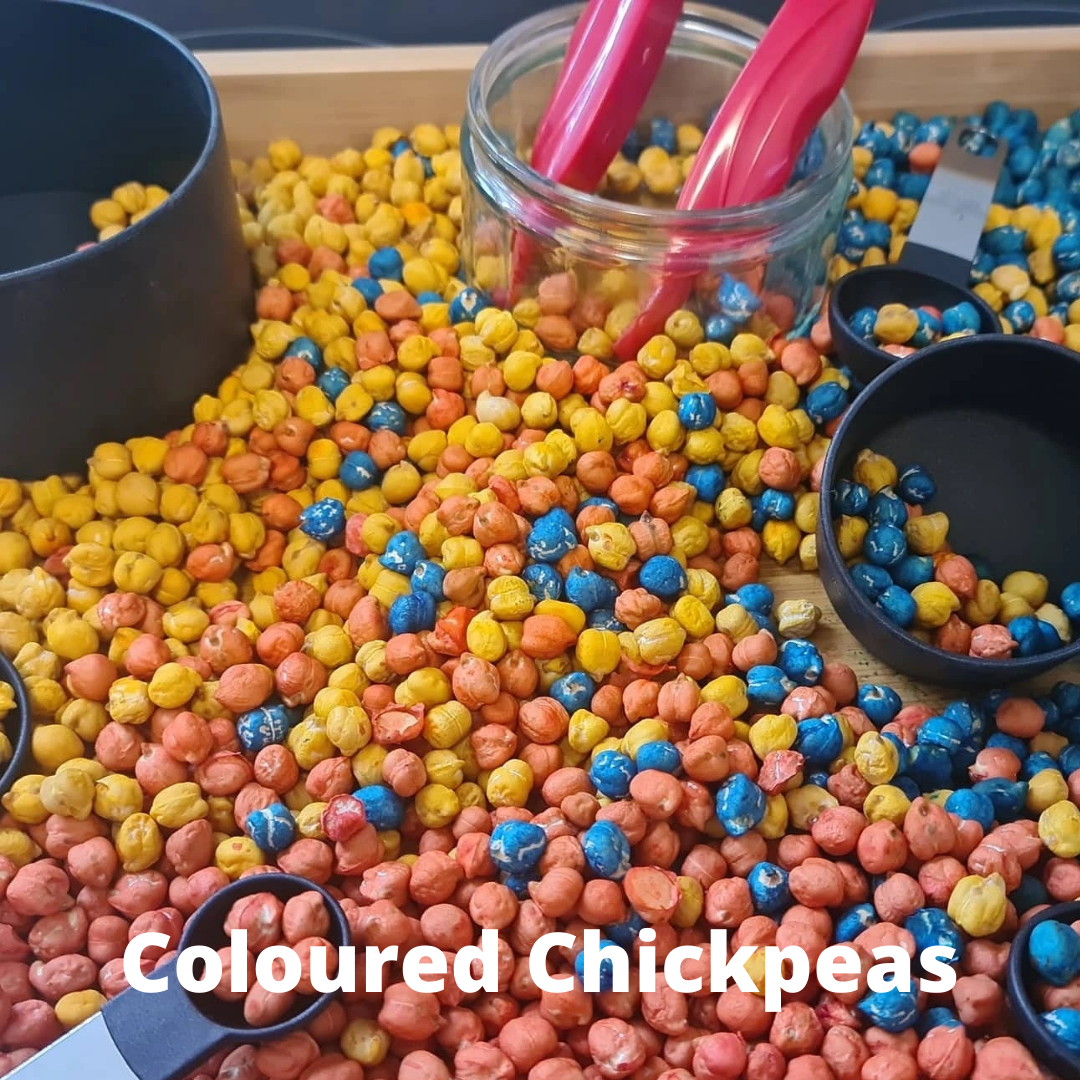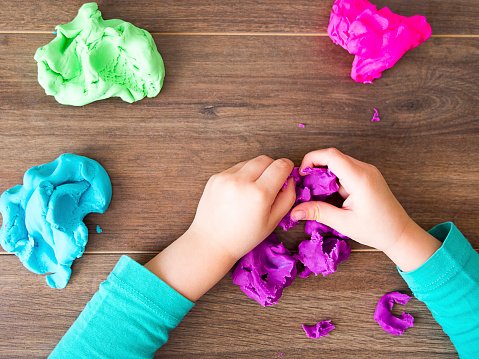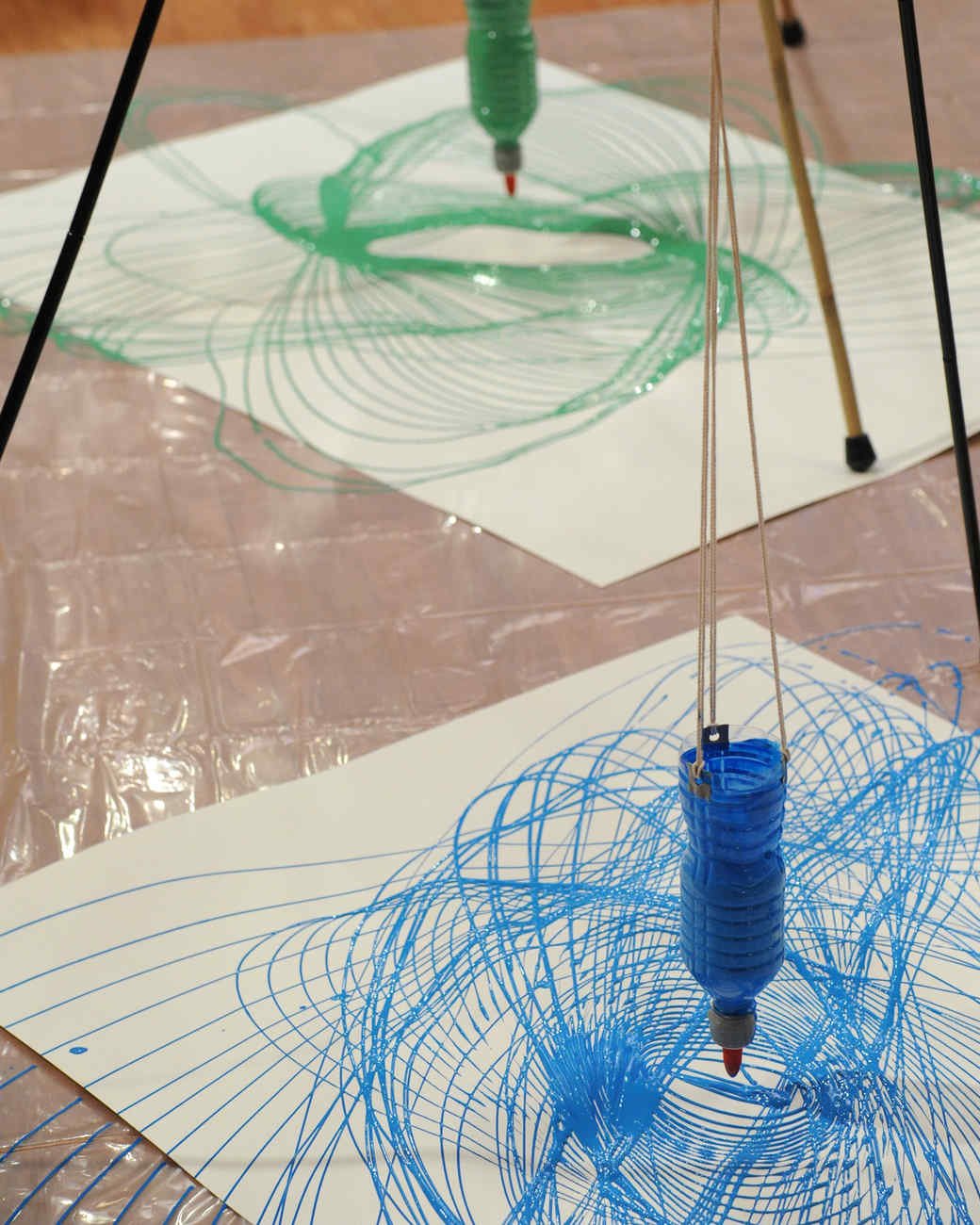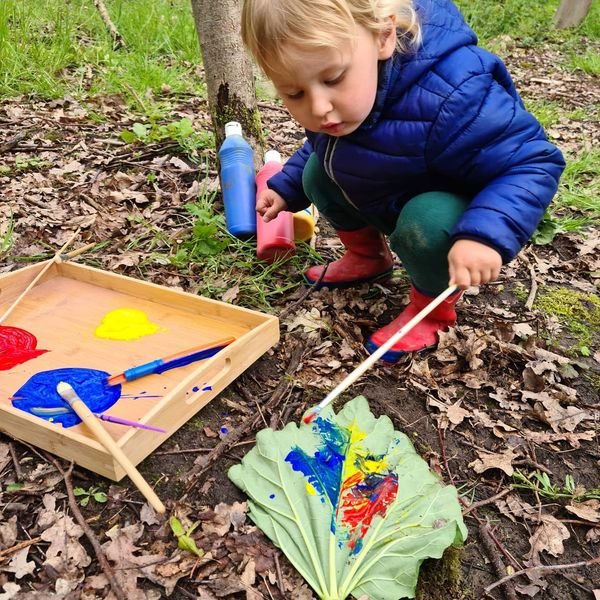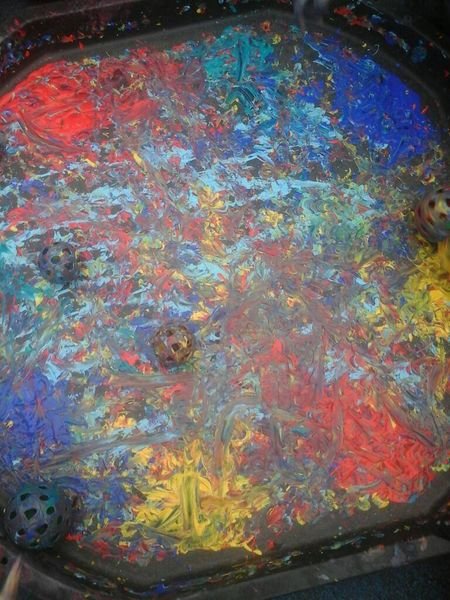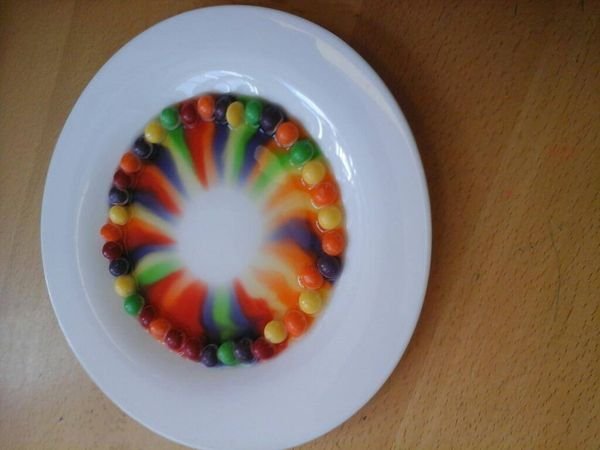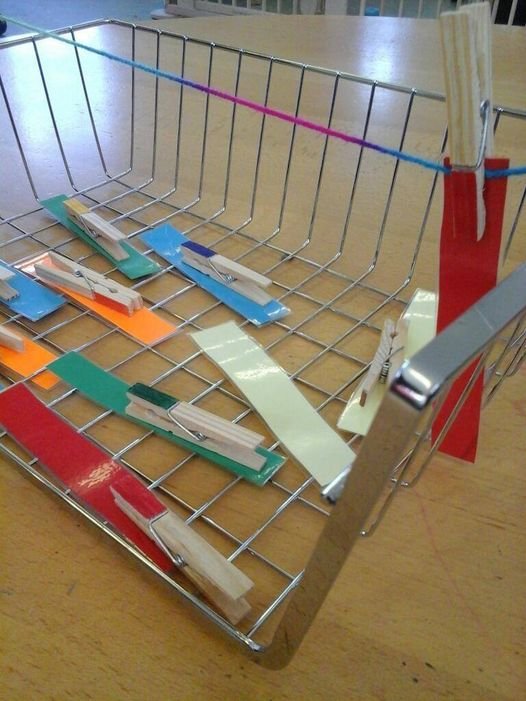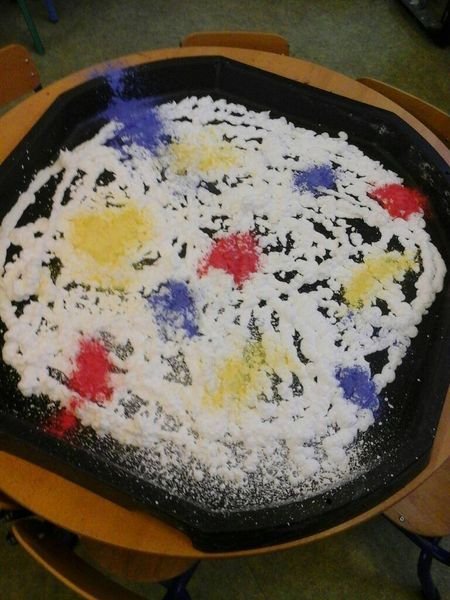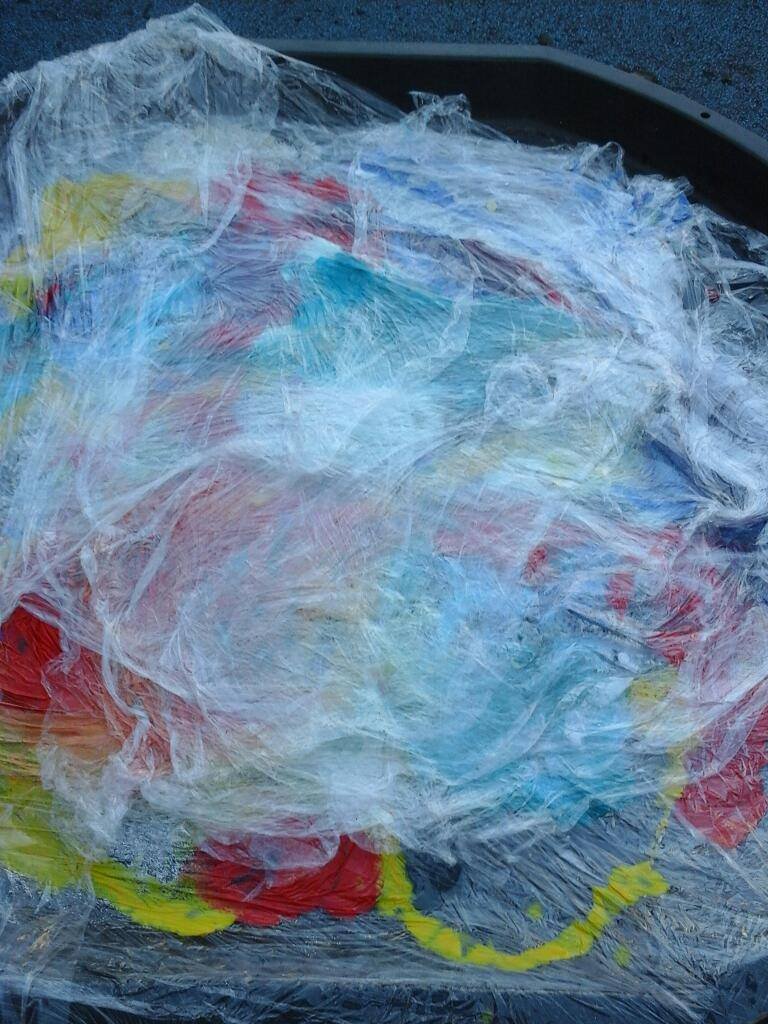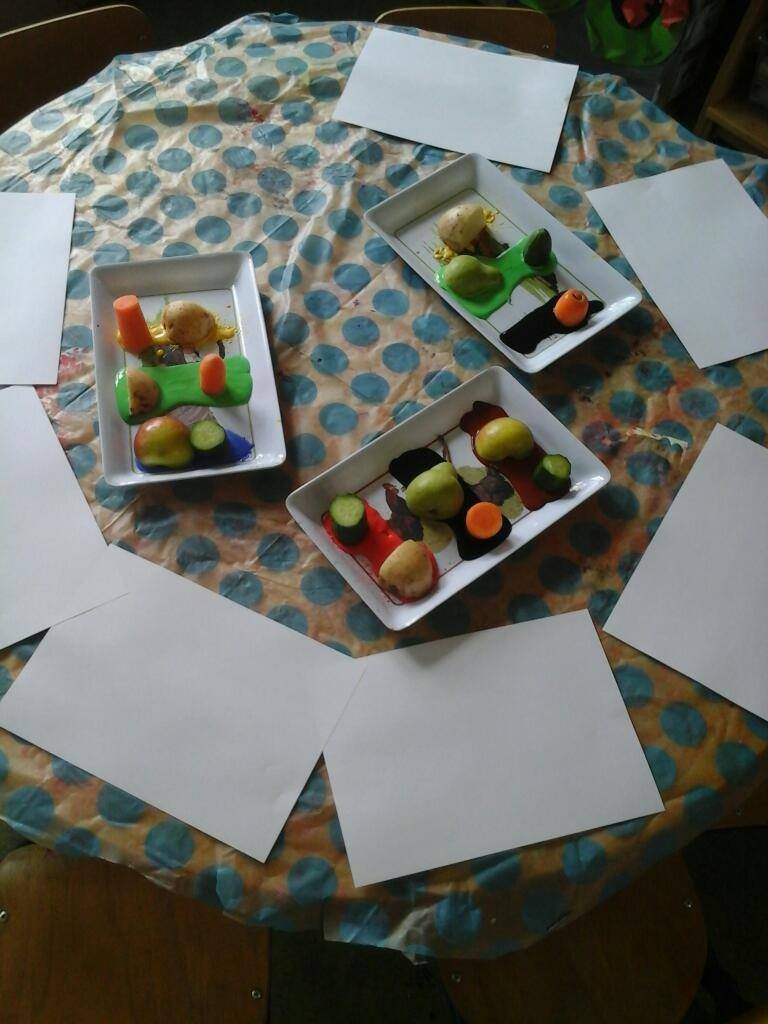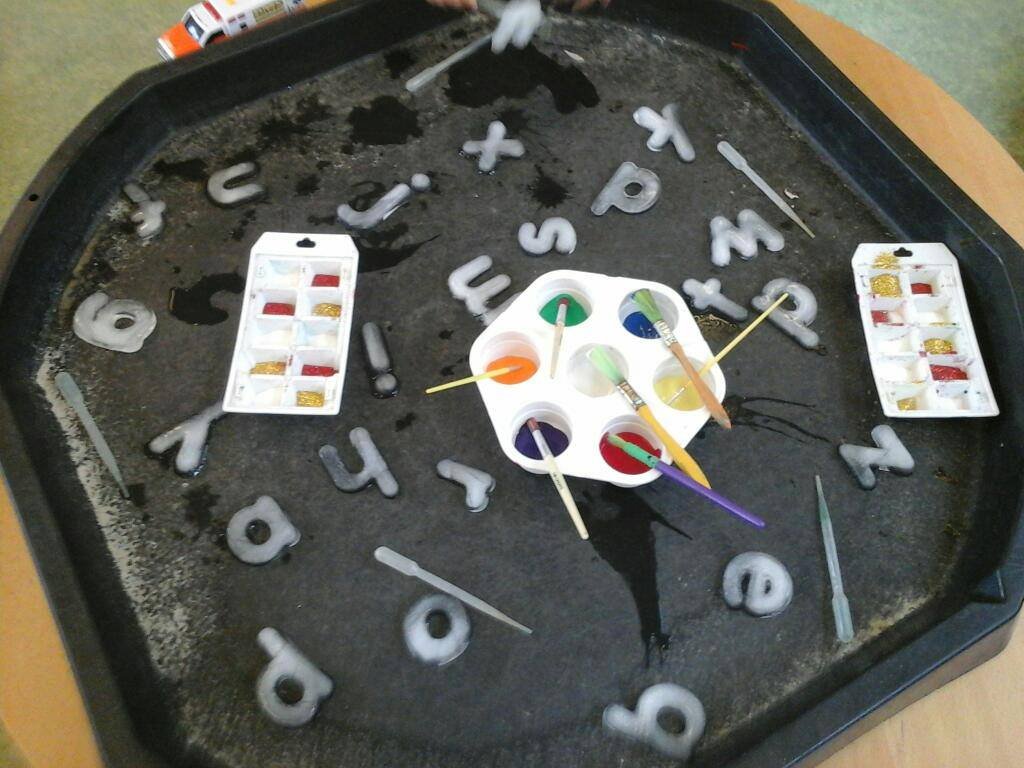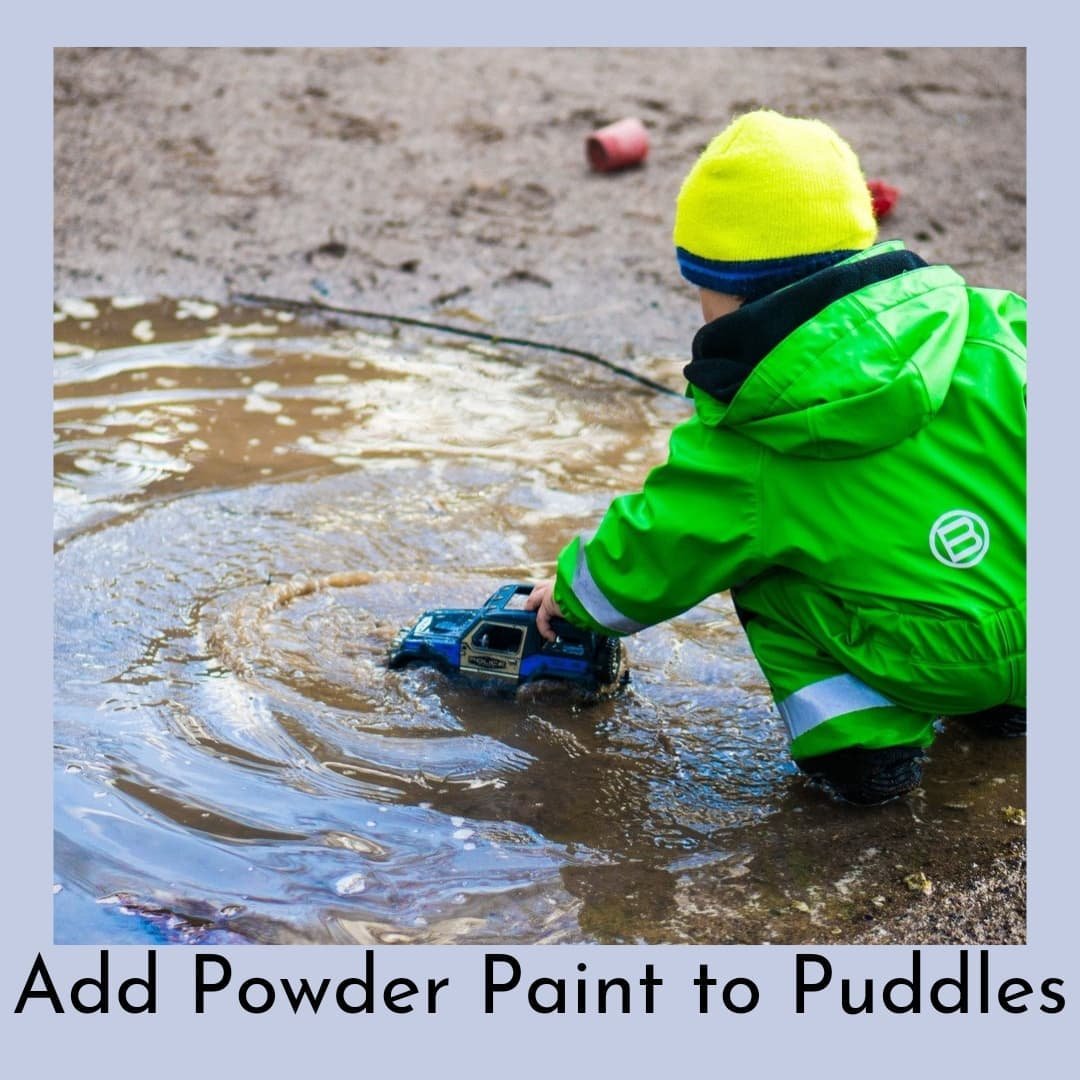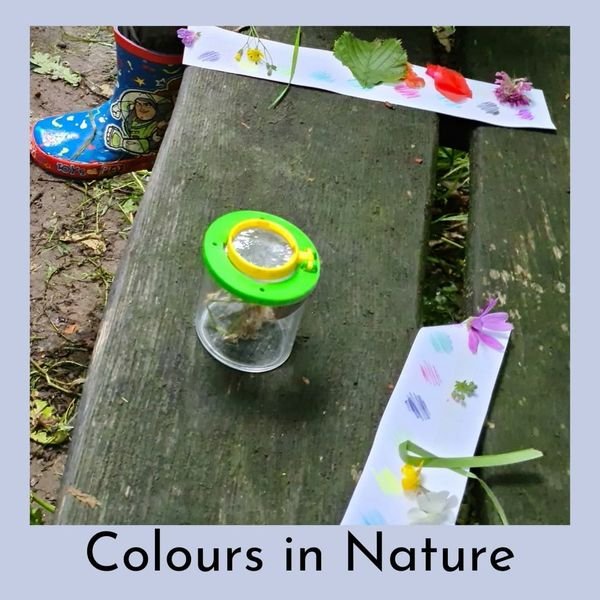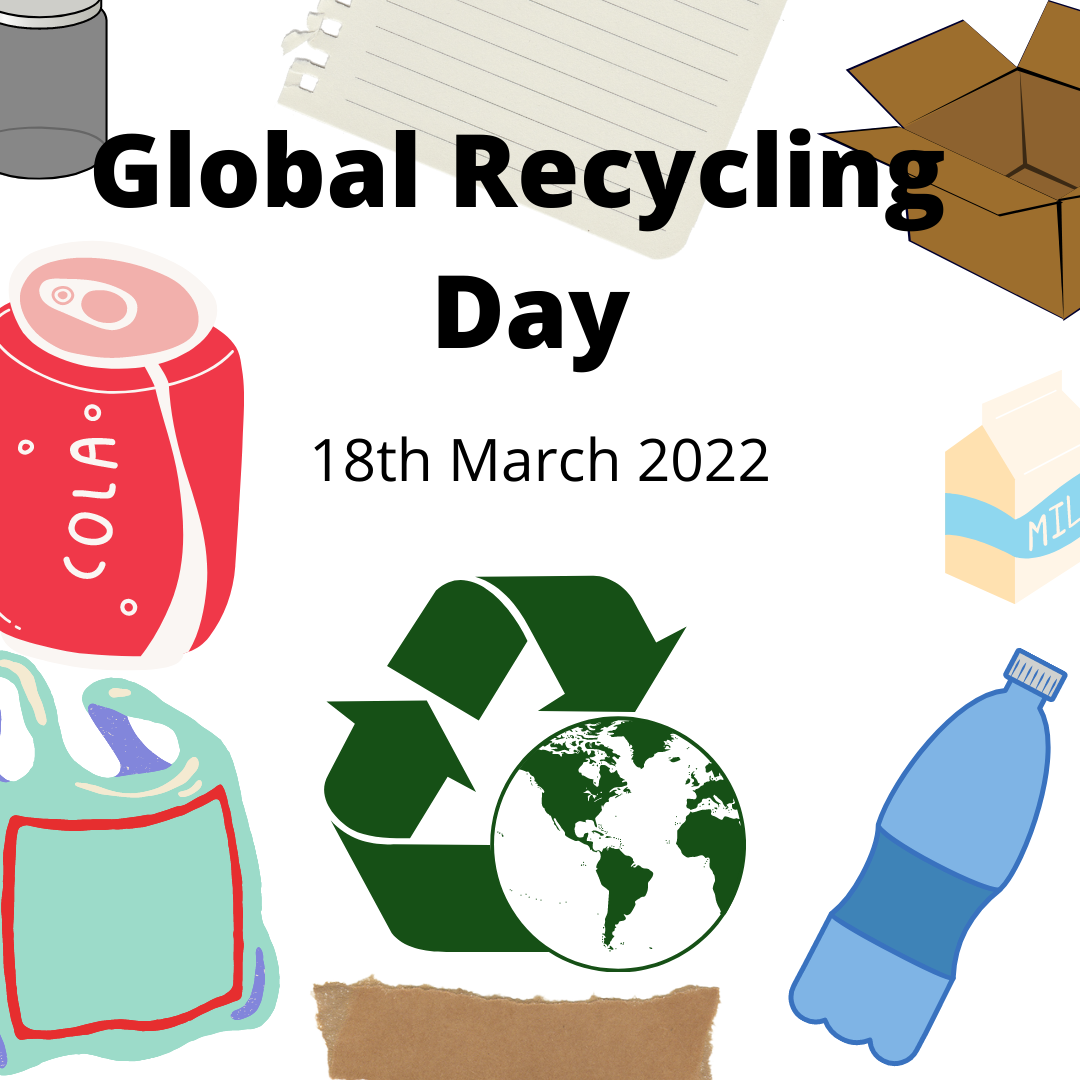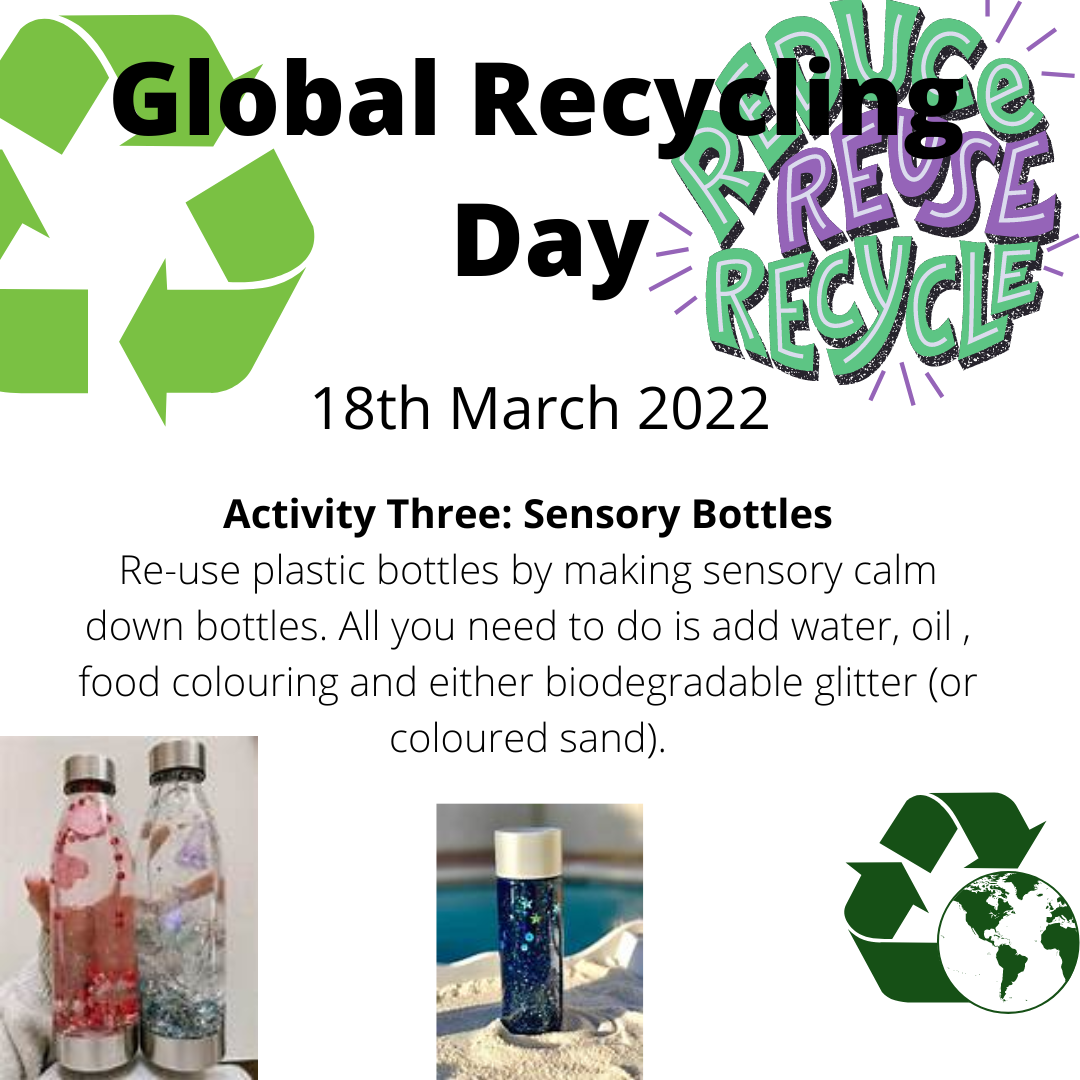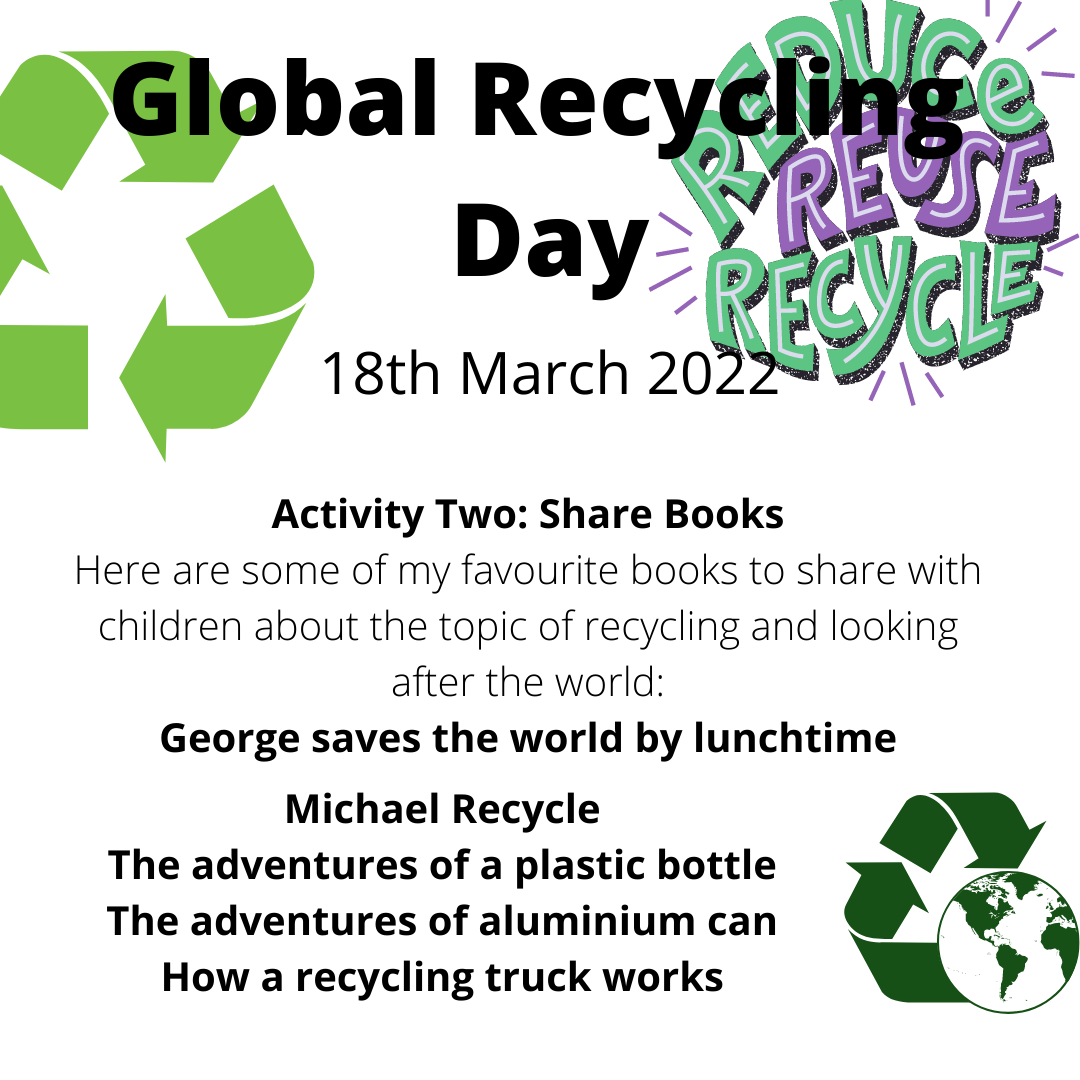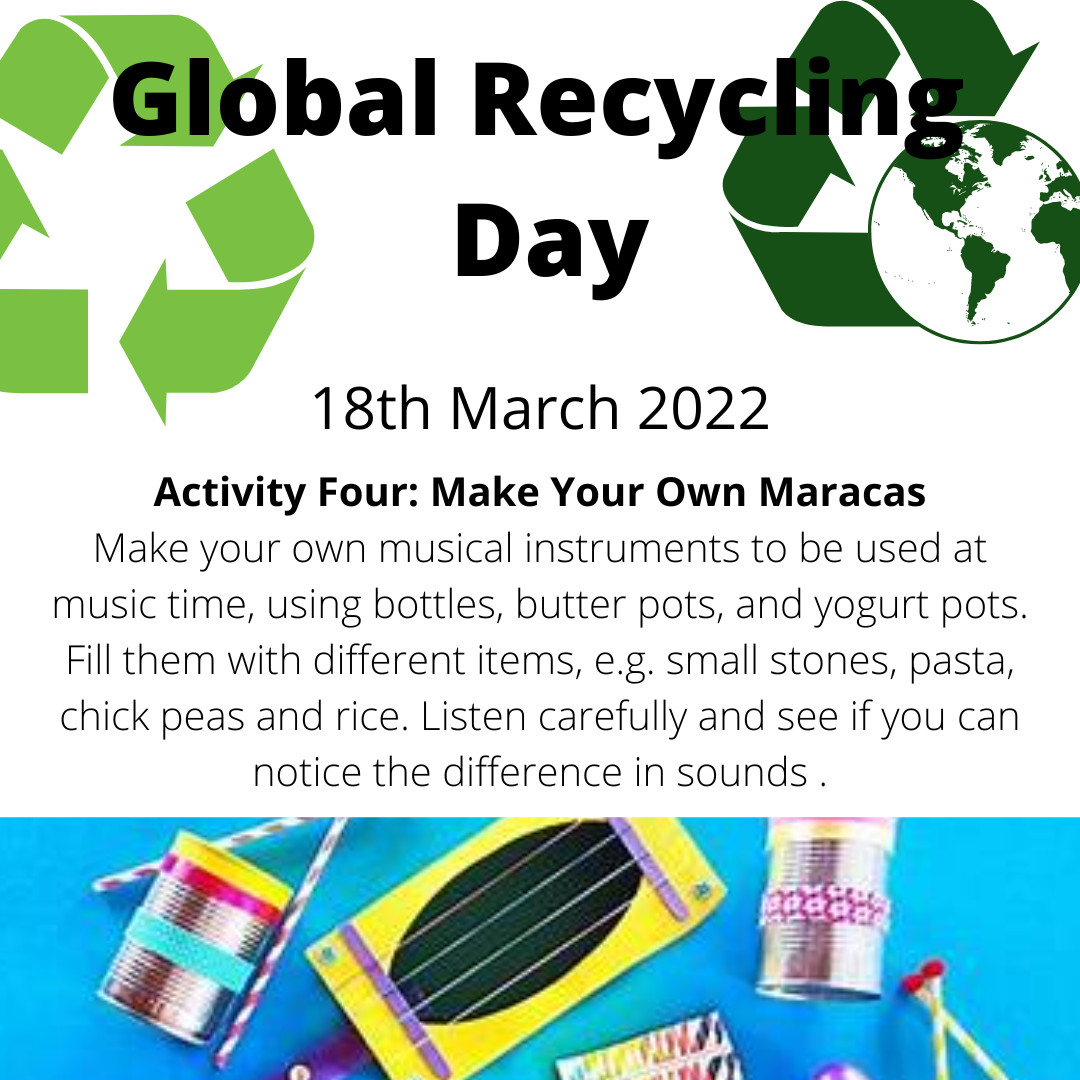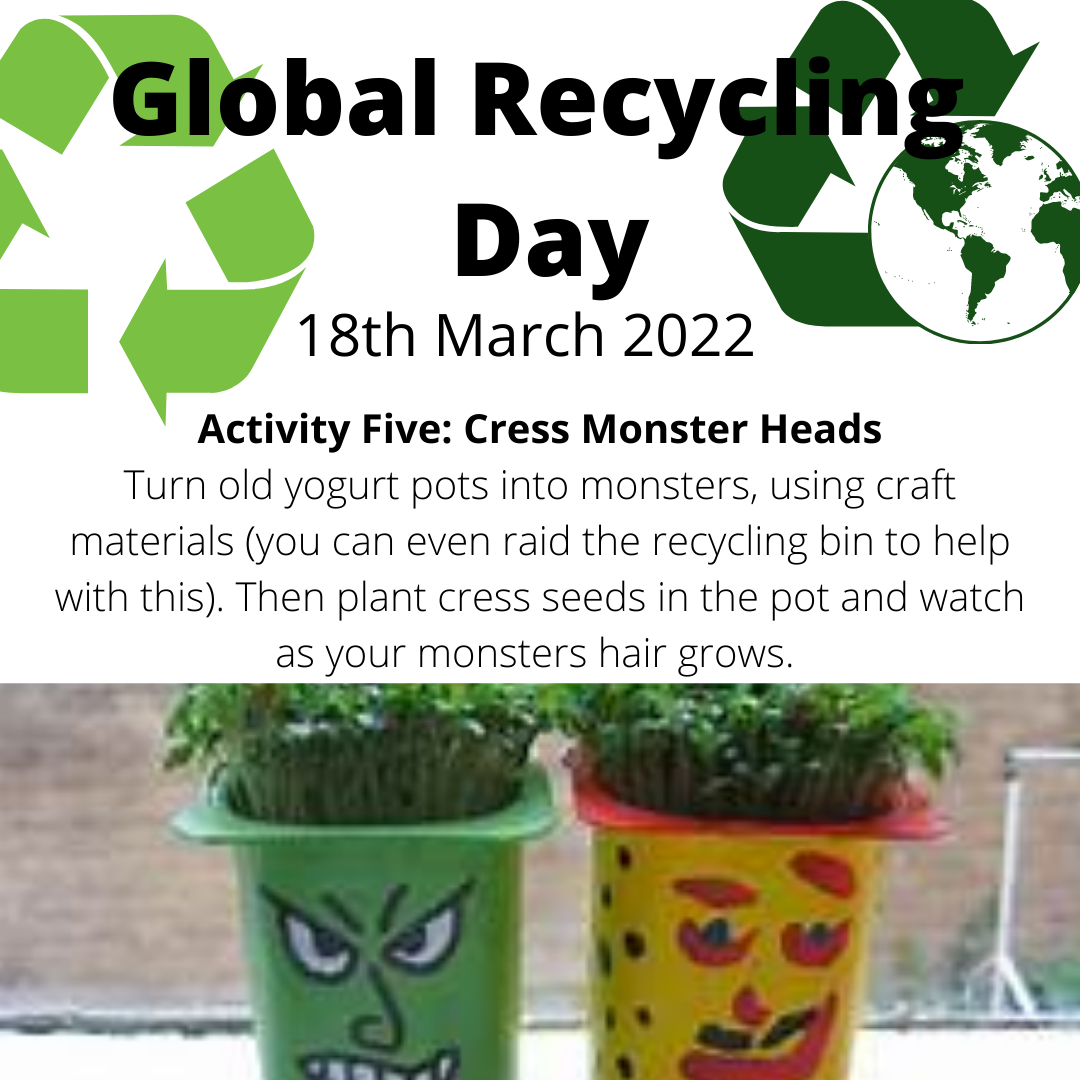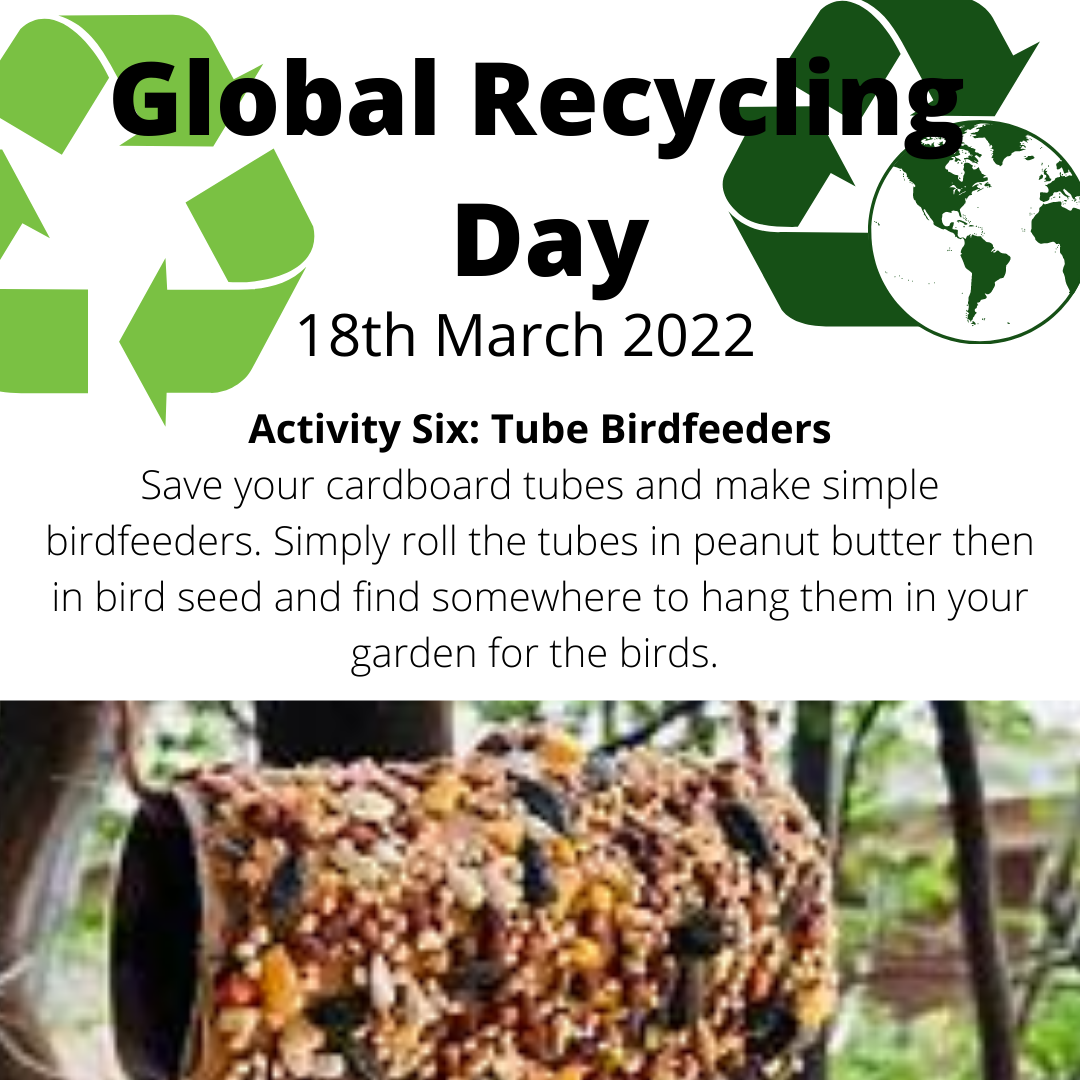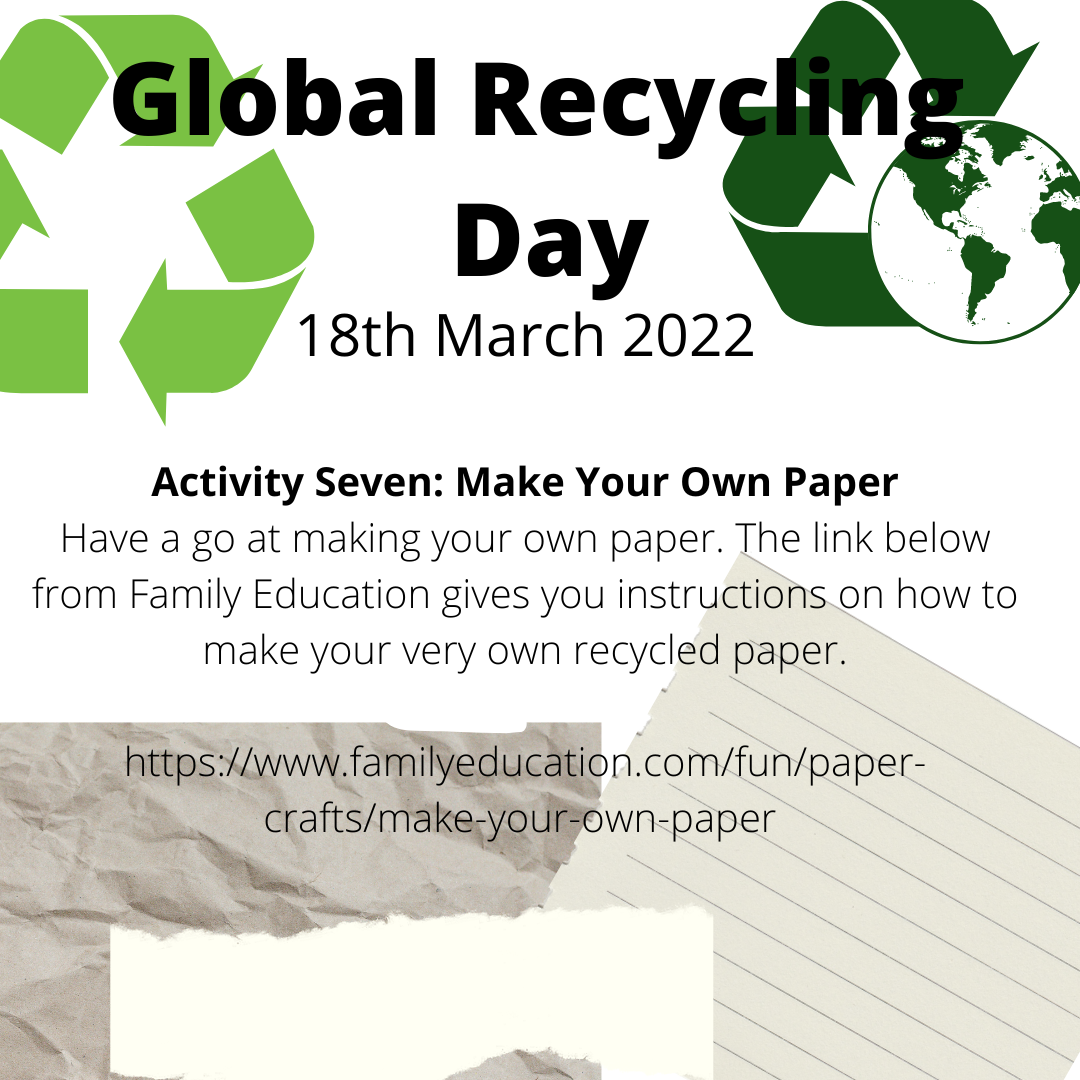Ideas of ways your nursery can support Earth Day
Earth day is a day that gets celebrated around the world every year, and it is a great time for reflection and education about climate changes, environmental issues and looking after the planet that we live on…
What is Earth Day?
Earth Day is a day that gets celebrated around the world every year, and it is a great time for reflection and education about climate changes, environmental issues and looking after the planet that we live on. Earth Day is an opportunity to explore topic such as, what does it mean to invest in our planet and why should we be sharing this with children in early years settings? Also, how can we share this important message with children in early years settings?
What does it mean to invest in our planet for earth day?
[ED2023 Promo Video - downloaded from www.earthday.org]
Earth day is one of the largest environmental movements and you can find out more about all off their amazing work here. Investing in our planet is about promoting sustainability, love for the world that we live in, going green being a necessity and thinking about the ways that we can develop climate literacy to address the problems our planet faces.
Why should we be sharing and promoting earth day in early years settings?
I passionately believe that we as early years educators should be investing in the education of our children that goes beyond the basis of the Early Years Foundation Stage or our National Curriculum. We should be talking about the big issues, the change that needs to happen in the world, because children are the future. I know it sounds corny, but it is true, this will be there planet far longer then it is ours and we have a duty to teach our children about sustainability, about taking care for the planet and climate changes that are happening.
Sometimes we can shy away from talking about the big issues with children, saying they are only children. But if we begin to teach them messages from a young age, such as we are recycling our plastic to look after the world. It will put in place habits that will support children throughout their lives and teach them valuable lessons. We just need to be teaching messages in an age-appropriate way, for example, we do a litter pick and we talk about how rubbish hurts the animals and the environment.
How can we share the important message of earth day?
There are many ways that we can share the message of earth day in early years settings, and here are 10 ideas:
1. Set up a recycling centre role-play areas – this gives the children the opportunity to practise their recycling skills and act out their experiences with others.
2. Share books about sustainability and looking after the earth such as George Saves the World by Lunchtime, Michael Recycle, Marli’s Tangled Web, The Journey of a Plastic Bottle and so on.
3. Organise a community litter pick.
4. Plant your own vegetables in the garden.
5. Walk to school, preschool or nursery for the week to reduce carbon emissions.
6. Plant a tree at your early years setting.
7. Create earth day posters about how we can look after the world.
8. Plant some bee friendly plants in the garden.
9. Set up a compost bin in the garden rather than sending waste to the landfill.
10. Shop locally for nursery supplies.
Please note that this blog post was initially written to support Earth Day 2023, but has recently been updated to ensure that it remains up to date and useful.
George Saves the World by Lunch Time
We will be touring the East of England with our 45 minute - an hour session based on the story, ‘George Saves the World by Lunchtime’. A session filled with puppets, stories, role-play, parachute games, crafts and becoming our very own eco superheroes.
Prices start from £75
5 Ways to Celebrate World Art Day
World art day is a celebration of art around the world, which is inclusive, powerful and diverse. Art is a form of expression in all shapes and forms that is important to who we are…
World Art Day: 15th April 2023
World art day is a celebration of art around the world, which is inclusive, powerful and diverse. Art is a form of expression in all shapes and forms that is important to who we are, our culture, our identity and our sense of self. Sharing art is powerful, it can encapsulate messages, portray emotions, share or meaning and understanding around different situations. Art can bring change, it can challenge us it can bring joy and it deserves to be celebrated!
“The purpose of art is to represent the meaning of things. This represents the true reality, not external aspects.”
Aristotle
Art is a great median for celebrating and extending children’s cultural capital. Cultural capital is the individual experiences that children bring to the classroom or the early years settings. This is personal to each children and is embedded in their life experience so far. As early years educators, we have a role to acknowledge, support and celebrate children’s cultural capital; but we also have the role of providing children with new experiences that develop and build upon the array of experiences they already have. All children deserve to have a childhood that is rich and varied with many opportunities and experiences, regardless of their background.
Below we discuss 5 ways that you can get your early years setting involved in celebrating world art day 2023.
Visiting An Art Museum
Visiting an art museum is a great way to celebrate art with children and expose them to a wide variety of different art. Check out when your local museums are open and be sure to risk assess before taking a group of children. You might also want to take clipboards, paper, pens and pencils in case your children feel inspired and want to create their own art.
2. Create Your Own Art Gallery
Display your children’s work and invite parents and carers into the setting to view the children’s very own art gallery. This can also be a great way of raising funds for early years settings charging parents a small admission fee or donation for attending the event.
3. Dance Like No One is Watching
Dancing is great for the soul, children’s development and is sure to put smiles on faces. Play music and dance, have fun, add ribbons and viols to dance with. Get those hearts pumping and those toddlers active! Not only is dancing a form of art and self expression it is also so beneficial to developing children’s physical skills, core body strength, vestibular sense and proprioception.
4. Share Poetry With The Children
Have a poem of the week or month that you share with the children. Basing small group activities, poetry telling instead of stories with the children using props and actions.
5. Puppet Show
Have a puppet show set up. Encourage the children to make up their own stories using the puppets available. Bring some early literacy and mathematics into the activity, by making tickets for the show and selling them in a pretend box office.
What is Yoga Storytelling All About?
Yoga can be defined as much more than an exercise program, but it is a practice rooted in thousands of years of tradition that is about connecting your mind, body, spirit, and health together. As well as learning to tune into our bodies and minds in a busy world (Harper 2013)….
In our previous blog, ‘How to Have a Fabulous National Storytelling Week on a Budget’. We suggested that settings could incorporate yoga storytelling to support children’s learning development and well-being as part of National Storytelling Week 2023. So, this blog is going to explore the following:
· What is yoga storytelling?
· What are the proven benefits of yoga to children?
· Suggestions of where to start your yoga storytelling journey.
What is Yoga Storytelling?
Yoga can be defined as much more than an exercise program, but it is a practice rooted in thousands of years of tradition that is about connecting your mind, body, spirit, and health together. As well as learning to tune into our bodies and minds in a busy world (Harper 2013). I have recently been reading the book by Harper (2013) little flower yoga for kids, this is a fantastic read for the overview of developing a yoga and mindfulness program in settings.
Therefore, it is also important to consider what the trending word mindfulness means, beyond our current cultural practises of mindful colouring and activities! Blissfulkids (2022) have a fantastic definition of mindfulness which can also be shared with children:
“Mindfulness is simply… noticing what is happening right now.
Mindfulness is taking notice of how your body feels and what you see, smell and taste. Maybe you even feel emotions in your body, perhaps through a tightness somewhere, or a good sensation.
Mindfulness is also noticing what your mind is doing.”
Harper (2013) in her book and outlined program talks about 5 key elements of yoga and this includes mindfulness as part of yoga:
· Connect
· Breath
· Move
· Focus
· Relax
These 5 key elements when developing a yoga program are vital and important to understand as we think about the holistic practise of yoga. When thinking about yoga storytelling then what does this mean, this is a practise of storytelling in a fun and engaging way for young children that promotes all of the 5 elements above, connection, breathing, movement, focus and time to relax. While engaging in telling small stories to young children, whether we are making up stories, passing stories down from one generation to the next, or telling a story via a story book.
What are the proven benefits of yoga to children?
There are many proven benefits to yoga and mindfulness practices to supporting children’s well-being, learning and development and below are some of them:
· Supports developing tools to help self-esteem,
· Helps to manage stress,
· Helps to develop resilience,
· Increases focus,
· Supports academic performance,
· Supports emotional regulation,
· Supports memory and brain development,
· Supports general emotional well-being and balance,
· Promotes relaxation,
· Is energising,
· Supports strength and flexibility,
· Supports balance, proprioception, and vestibular sense.
(Mindfulness Communication and Such, 2023; Harper 2013; Goldberg 2013)
Starting Your Yoga Storytelling Journey?
Introducing something new to your setting can often be exciting, but equally overwhelming with knowing where to start. Here we are going to outline an idea of how to begin your yoga storytelling practice, so that you can develop it overtime. First you will need to focus on developing some skills, before perhaps doing some of the more complex wonderful children yoga books on the market that require a little bit of practising first (spoken from experience!!).
Before starting your yoga journey think about environment. Remembering that one of the key elements is relaxation, think about where in your setting you carry out yoga so that it does not happen in a crowded over stimulating area of your provision. You want somewhere that is not cluttered or full of distraction for those busy minds. Also, make sure that you have individual yoga mats for the children, so that they have their own boundary for their own physical space whilst completing yoga.
The book by DK My First Yoga is a great book for introducing the yoga poses to young children and getting them familiar with them at the beginning of your journey. Remember, that yoga time does not have to be a rush it might be that you start by using this book and learning 3 or 4 poses a session to begin with. This book is also fantastic because it has really simple explanations of the different poses and photos! It also is good at promoting the breathing element of yoga and not just the physical movements. (P.s. you need to feel confident while doing yoga, so if you cannot do a movement don’t use that one until you are confident in doing it!).
Once children are confident with their yoga movements this is a time to start to combine a few simple movements together to tell a story. For example, you could tell the 3 little pigs using just a few movements as you tell the story. For example, doing a mountain pose for the beginning of the story, the downward dog pose for when the wolf is huffing and puffing, and a strong tree pose to represent the houses. As the children become more confident and experienced at yoga you can develop more movements into the storytelling sessions.
You can also then progress to some fantastic books such as:
· Yoga Animals in the Forest by Christiane Kerr
· Good morning yoga by Mariam Gates
· Yoga Adventures by Jamaica Stevens and Jamaroo Kids
I hope you have found this blog helpful and are all excited to start your very own yoga storytelling sessions in your settings!
References:
Blissfulkids (2022) Mindfulness: What is it and How to Explain it to Kids and Adults, [online] https://blissfulkids.com/what-is-mindfulness-and-how-to-explain-it-to-kids/ [accessed 3/02/2023]
Goldberg, L. (2013) Yoga Therapy for Children with Autism and Special Needs. New York: Nortan and Company Inc.
Harper, J.C. (2013) Little Flower Yoga for Kids: A Yoga and Mindfulness Program to Help Your Child Improve Attention and Emotional Balance. Raincoast Books: Canada.
Mindfulness Communication and Such (2023) Mindfulness for Kinds [online] https://www.mindful.org/mindfulness-for-kids/ [accessed 3/02/2023]
Supporting Storytelling Through Block Play in the Early Years
Children will go through different stages as they begin to use props to make up stories and add dialogue to their play…
For our final blog post in our block play series, we are going to look at how block play can support children to develop that inner storyteller. Whether that be through incorporating small-world play and props role-playing being construction workers. There is lots of opportunities and ways that we can support children to develop their narrative, communication and language skills, and personal social and emotional skills as they work together to add a storyline to their play.
What are the stages of story telling in play?
Children will go through different stages as they begin to use props to make up stories and add dialogue to their play. For example, children may begin to add voice sounds as the run a car across the floor going “brrm brrm”. This is the very early stage of children adding dialogue to represent their understanding and experiences. We then act out our familiar experiences using available props, for example, we may pick up the hammer and begin to bang the hammer and represent what they have observed others doing. As children get older, they begin to play alongside other children in their play, so for example, we all might be playing tea shops making teas and coffees. We are engaged in the same activity, but we are not necessarily reliant on each other for our play or interacting with one another. Children them move into the stage of collaborative play where they are working together to develop their storyline and direction of play.
The reason I share the stages of play is that it is important to reflect on where your individual children are in their journey when you are supporting storytelling through play. For example, if you have a child who is many solitary in their play but is beginning to add noises and sounds to their play. You maybe supporting them by modelling joining in and playing alongside others. Or using communication and language to invite them in and add narrative to a play and to show them perhaps (not an indefinite way as play is open ended) but suggestions that could spark their interest or enhance their play. For example, you build a bridge using the construction blocks. You test to see if it is high enough to fit the toy car underneath. You then might add some “brrm brrm” or “beep beep” noises as you move the cars around.
Ways to support storytelling in block play?
There are many ways that we can support story telling in block play, through providing children with a range of rich and wonderful experiences and resources. Below are some ideas to support children:
Have a range of fiction and non-fiction books around building and builder’s sites. This will give children knowledge and understanding that they can add into their story telling.
Have a local builder come in and talk about their job or visit a local builder’s site to see what happens.
Model to the children play and developing stories around available resources. For example, children might need to see an adult model how we use a spirit leveller to know how we use it.
Add in small-world props and resources based on children’s interests – e.g. cars, toy people, animals, dinosaurs and so on.
Provide story sacks or baskets with available resources to retell those familiar stories. For example, the 3 Billy Goats Gruff Book and puppets; with the building blocks. This may inspire the children to build their own bridge for the big bad troll to be hiding under and to retell the story. This can either be left as a provocation to see what the children do with it or it can be an adult directed activity where you work together to build the bridge and scaffold the children as they work and retell the story altogether.
Add dressing up items such as hard hats and high visibility jackets, to encourage them to role-play being builders.
Have real resources such as tape measures, rulers, spirit levellers and so on to support children to act out those experiences using the props around them.
Encourage children to share with others and talk about what they have built and describe it.
Join us for our next running of our webinar, ‘The Potential of Block Play in the Early Years’ on the 1st September 2022 at 7:30 pm
Part Two: Teaching Colours in the Early Years
Part two of our blog series that explores teaching colours in the early years. Find out more here.
Last week’s blog explored what we meant by teaching in the early years. This week part two is going to explore how do children learn and develop their knowledge of colours through our curriculum that we use to teach them. Curriculum in its very simplest terms, is the framework for what we would like children to learn in the time that they are with us. This is one big composite (end goal) made up of many small components. Sam Sleeman-Boss and Wendy Radcliff from Ofsted at the childcare and education expo (2022) defined curriculum thinking as “the framework for setting our aims of a program of education, including the knowledge and skills to be gained at each stage.”
It is refreshing to remember that the Early Years Foundation Stage (EYFS) Educational Programs, lay the foundation or floor of our curriculum, but we develop our curriculum to help children reach for the stars. It simply doesn’t cover all the small steps, components and learning opportunities that children have in their time in the settings, which is based on the knowledge of a skilled practitioner. An example of this is that, by the end of their time in nursery with us we might want children to be able to express themselves through the careful selection of colour, identifying colours and communicating why. Children don’t simply learn these skills or information though through a quick transference of knowledge and information, they learn them through an ambitious curriculum that is made up of many components or small steps to help them reach the end goal by the end of their time with us.
This is done through hands on experiences in the early years that encourage exploratory learning, collaboration, and the opportunity to develop ideas alongside others. For example, we may start with our very youngest by that simple exploration of contrasts in colours. We know that babies are interested in those contrasts and that black, white, and red supports brain development We then might explore mark-making with different colours using those gross motor skills and movement of our whole bodies and begin to name the different colours that we make. Before doing matching and classifying by sorting, identifying, making patterns and so on. As the children continue to explore, we look at shades and mix different colours, but also recall how they make colours through a variety of activities, using paint, light boxes, messy play and so on. Before, we move onto that being creative using colour to express ourselves and carefully selecting those colours, there are many steps that children go through, in their journey of learning about colours in the early years.
Below are some activity ideas for teaching colours in the early years:
Global Recycling Day
Will you as a setting be celebrating global recycling day with your children? This is a great opportunity to take stock and think about talking about recycling with young children…
18th March 2022
Will you as a setting be celebrating global recycling day with your children? This is a great opportunity to take stock and think about talking about recycling with young children. This does not mean I am saying we only need to focus on recycling one day a year in our settings, but by celebrating global recycling day it can help us to re-focus or be the day to start those new initiatives. Such as introducing a recycling bin for paper into the preschool room.
Why do I think it is important to cover recycling with children from an early age?
The children are the future. I know that sounds incredibly cheesy, but they are the future, and we want the world that they live in to be looked after. I think that as early years educators, teachers, practitioners, assistants, childminders, or apprentices, we have an important role in fostering a love for our world and environment that we live in. This means that part of what we teach children in the early years goes beyond the basics of the curriculum that is outlined in our educational programs; but I am passionate that in the early years we teach children how to look after the world that we live in.
Recycling is a simple topic that we can cover in the early years to begin to create that love for the world around us. As we talk about the importance of recycling and the 3r’s, reduce, reuse, and recycle. Also, by beginning to teach children to recycle in early childhood we will be setting good habits that children will hopefully develop for a lifetime.
Below, is the series of ideas that we have been sharing on social media to support you re-focusing on recycling this global recycling day:

